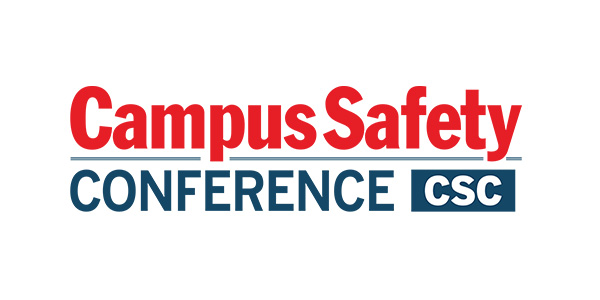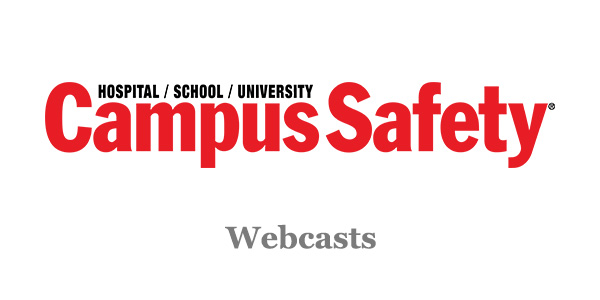Identify alternates and back up plans. The only thing that can be completely counted on in any plan is that things will not go as you expected. That is not to say a plan isn’t invaluable, but you must be prepared to handle the unanticipated.
If your internet service is down, can you still send an emergency notification? Where do you direct people for more information if your web site is down? If your landlines and cellular communications are spotty, are there established face-to- face coordination procedures? If the person responsible for sending emergency notifications is stuck in traffic in a snow storm with a dead cell phone battery or on vacation, is there a back-up?
The most important step in preparing for the unexpected is ensuring lines of authority and communication are clear. When chaos strikes, many teams revert back to the habits of a team of 6-year old soccer players with every player running to the ball while leaving the goal unattended. Ensure that your team understands when they need to chase the ball and when they need to mind the goal.
Document and make plans easily accessible. Make sure emergency planning binders include instruction materials, necessary passwords/login information, contact information and are distributed to and accessible by those responsible for implementing emergency plans.
Hard copy availability is important in case internet access is unavailable. We also recommend that this binder also contain a short, one-page school specific “cheat sheet” that describes the tactical process for sending an alert.
Communicate the plan to the campus and local community. From ensuring students know to give their contact information to ensuring the patrol officer on duty knows to unlock the motor pool gate, communicating the emergency plan is critical to its success.
While there are normally effective and well established procedures for communicating with first responders and administrators, getting the word to students and faculty normally requires a more comprehensive marketing effort. A sample of marketing best practices for getting enrollment is included as Exhibit D.
Internalize via Practice, Practice, Practice. A plan is only as good as its execution. Ultimately the success or failure of any emergency response plan is based on how well the different constituents execute on their responsibilities. Periodically test systems, processes and people. Where possible, involve as many constituents as possible and have different levels of practice – just first responders, broader constituents, campus wide, etc.
Campus wi
de scenario based tests should be conducted at least semi-annually. An effective test should start with the triggering conditions, go through the first responder and mass notification, and finish with an after action review to identify and address any gaps.
Response
Communicate truthfully and promptly, and communicate succinctly. The communication goal is to be transparent without causing panic and chaos in the community. This means getting the word out quickly, communicating effectively without undue complexity, and monitoring both the situation itself as well as the coordinated strategies and tactical execution of your safety plans and protocols.
- Be comfortable not over communicating. Too much information can confuse things during a crisis, and when the community requires clear messages that demonstrate leadership and promote safety, be succinct.
- Expect to be forced to make decisions based on incomplete information. As with all other aspects of your emergency planning, plan our your chain of command, and your tactical response. What are the decision-making processes involved in your tactical response? Do constituents across all functional areas understand the bounds of their authority and a clear chain of decision making – within your safety responder community, the administration, security and police, and the campus at large?
- Organize your first responders. Some emergencies have a clear tactical protocol, others may be more ad hoc. Build appropriate networks of first responders and have lists that can reach these teams prebuilt and ready to access in an emergency deployment. Use features such as conference call bridging to organize tactical execution during an emergency – get your appropriate responders on a call to coordinate tactics, share up-to-the-minute information, and organize assignments and action plans.
- Plan to utilize response features in your alert solution. Be sure that the administrators of your alert solution are fully trained to manage responses from individuals during the alerting process. This includes checking responses, validating delivery of emergency messages in a timely fashion, dispatching help to individuals in crisis who request assistance, and communicating with strategic players in your emergency management team.







